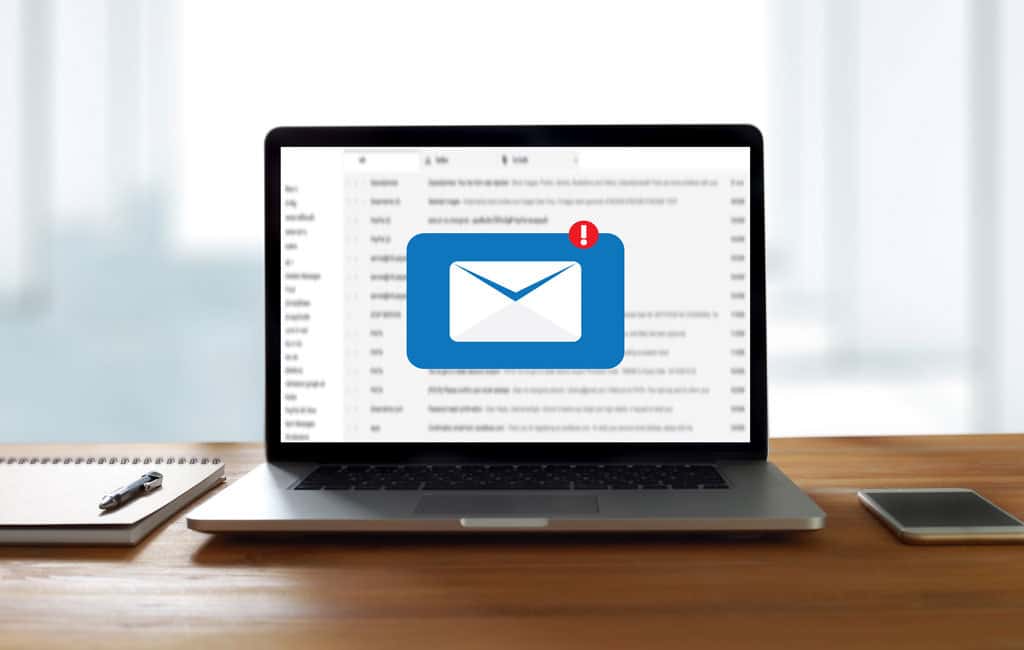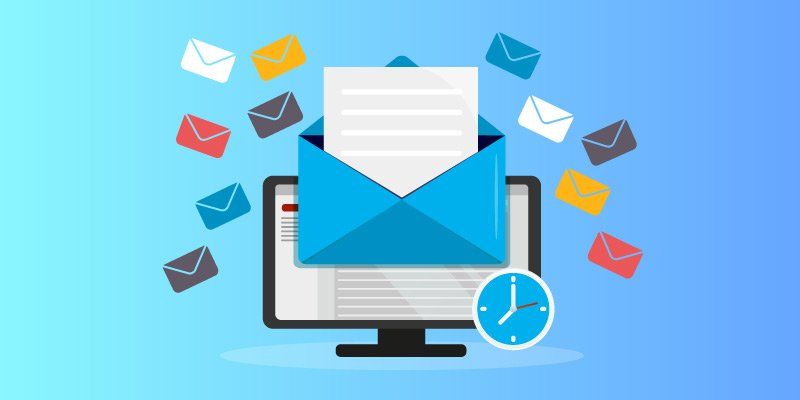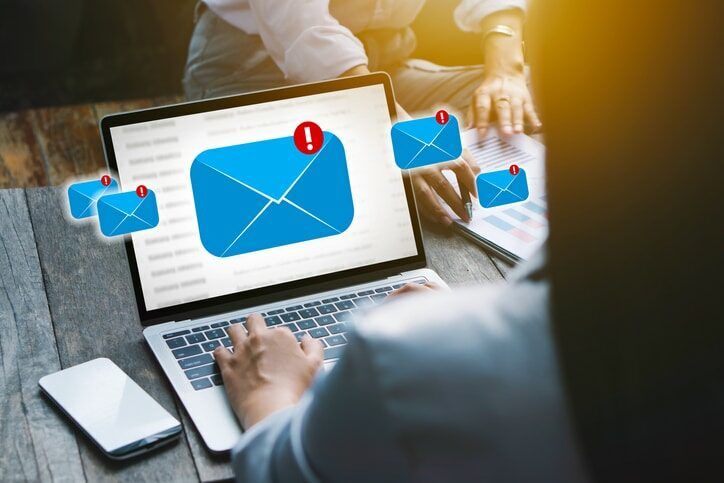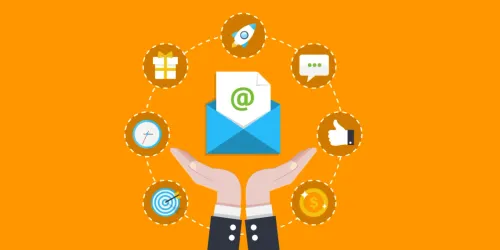In today's fast-paced digital world, email has become an integral part of our personal and professional lives. Whether it's for work, communication with friends and family, or staying updated with the latest information, checking emails is a routine task for most individuals. However, to truly master the art of email checking, it's important to understand the best practices, techniques, and tools available. In this comprehensive guide, we will explore the process of checking emails, provide expert insights based on industry competitors, and address commonly asked questions to help you become an email management expert.
Understanding the Basics of Email Checking

Accessing Your Email Account:
To check your emails, you need to access your email account through a web browser or an email client application. Popular email service providers like Gmail, Outlook, and Yahoo offer web-based interfaces where you can log in with your username and password to access your inbox.
Navigating the Inbox:
Once you access your email account, you will be directed to your inbox. The inbox is the central hub where incoming emails are received and organized. It typically displays a list of emails with details such as the sender, subject line, and date received. You can navigate through your inbox and select specific emails to read or take further action.
Reading Emails:
To read an email, simply click on the email from your inbox. This will open the email in a new window or within the same interface, depending on your email service provider. You can then view the contents of the email, including the sender's name, email address, subject, and the actual message.
Taking Action:
After reading an email, you can take various actions based on its content. Common actions include replying to the sender, forwarding the email to someone else, archiving it for future reference, marking it as important or spam, or deleting it if it's no longer needed. These actions allow you to manage your email flow efficiently.
Tips for Effective Email Checking

Establish a Routine:
Set specific times during the day to check and respond to emails. This helps you avoid constant interruptions and allows you to focus on other important tasks. By establishing a routine, you can maintain a healthy work-life balance and prevent email overload.
Prioritize Your Inbox:
Sort and prioritize your emails based on their importance and urgency. Use email filtering and labeling features to automatically categorize emails into different folders or tags. This way, you can easily identify and address high-priority emails without wasting time on less important ones.
Use Search and Filters:
When dealing with a large number of emails, utilize the search and filtering capabilities provided by your email service provider. These features allow you to quickly locate specific emails based on keywords, sender, subject, or other criteria. By using search and filters effectively, you can save time and find the information you need with ease.
Unsubscribe from Unnecessary Emails:
To declutter your inbox, unsubscribe from newsletters, promotional emails, and other unnecessary subscriptions. Look for the unsubscribe link at the bottom of the email or use the "Spam" or "Junk" options to block unwanted emails. This practice helps keep your inbox clean and ensures that you receive only relevant and important messages.
Frequently Asked Questions about Email Checking

Q1: How often should I check my emails?
The frequency of email checking depends on your personal preferences and work requirements. It's recommended to check your emails at regular intervals throughout the day to stay updated and respond promptly. However, avoid excessive checking that can disrupt your productivity and cause distractions.
Q2: Are there any tools or applications to help manage emails more efficiently?
Yes, there are several tools and applications available to enhance email management. Email clients like Microsoft Outlook and Mozilla Thunderbird offer advanced features for organizing and automating email tasks. Additionally, productivity apps like Todoist, Trello, and Slack integrate with email services to help streamline email-related workflows.
Q3: How can I prevent my inbox from getting overwhelmed?
To prevent inbox overload, practice email hygiene by regularly archiving or deleting old and unnecessary emails. Set up filters to automatically sort incoming emails into relevant folders. Additionally, unsubscribe from mailing lists that no longer provide value. These practices will keep your inbox organized and easier to manage.
Q4: How can I avoid falling victim to phishing emails or scams?
To protect yourself from phishing emails or scams, be cautious when opening emails from unknown senders or those with suspicious subject lines. Avoid clicking on suspicious links or providing personal information unless you are confident about the email's authenticity. Stay updated on the latest security practices and use reliable antivirus software to safeguard against threats.
Q5: What is the best way to respond to emails promptly?
To respond to emails promptly, establish email etiquette and set realistic expectations. Prioritize urgent emails and use email templates or canned responses for frequently asked questions or common inquiries. Consider using email productivity techniques such as the "Two-Minute Rule" to quickly address emails that require a brief response.
Conclusion
Mastering the art of email checking is essential for effective communication and productivity. By understanding the basics, following best practices, and utilizing tools and techniques, you can manage your emails efficiently and stay on top of your inbox. Implement the tips provided in this comprehensive guide to enhance your email management skills and streamline your digital communication.



